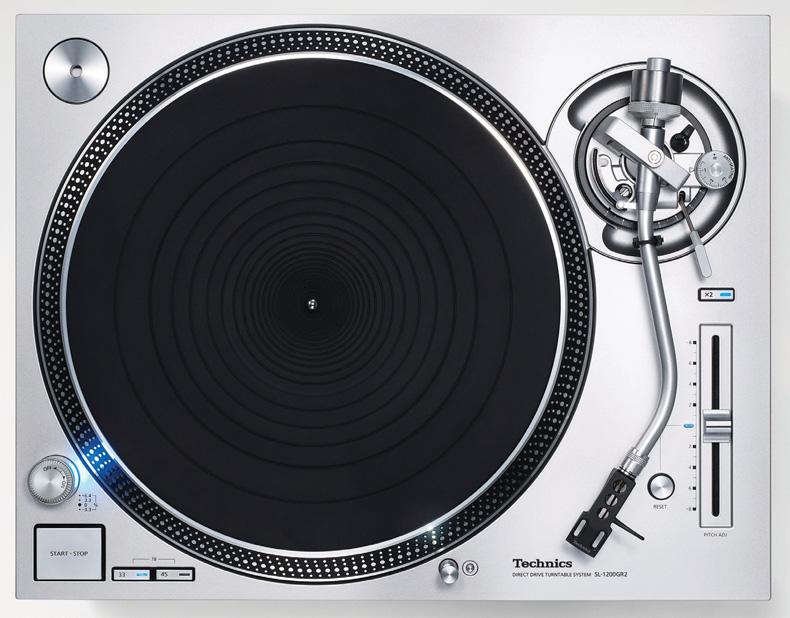
In the early 1980s, I worked in a pop band playing AM radio hits, grooving behind my Yamaha drums and Zildjian cymbals as sweat drenched my body and my ears rang. We danced. We pranced. My shiny silk jumpsuit led upwards to a 2"-high afro, which women ran fingers through in hopes of finding contraband smokes.
I was not proud. Our band was hot, booked year-round in hotel lounges and standalone clubs from Florida to Virginia Beach.
"Beach music" was a popular southeastern style then, an R&B variation on '40s swing and doo-wop, with close vocal harmonies, popping brass, and choregraphed dance steps. Like peanut-sized rock stars, we reveled in this insular, south-of-the-Mason-Dixonline entertainment lifestyle with its small-town intrigues, tasty southern food, and bodacious southern belles. Then overnight, everything changed.
At the beginning of the previous decade, Technics had released the SP-10, the first direct-drive turntable. That was followed in short order by the SL-1100. Clive Campbell, aka Jamaican-American DJ Kool Herc, pioneered the simultaneous use of two Technics SL1100s, initially at his sister's birthday party in the Bronx, inspiring "block parties" (rigging streetlamps for power) and hip-hop culture. Kool Herc isolated drumbeats from records by James Brown (with drummers Clyde Stubblefield and John "Jabo" Starks) and the Incredible Bongo Band (powered by master studio drummer Jim Gordon), among others, creating "breaks" for heated dance-floor partying. Soon, Lace Taylor (aka Afrika Bambaataa) and Grandmaster Flash (The Message) took Kool Herc's inventions into the mainstream, and hip-hop went global.
The SL-1100's successor, the SL-1200, released just a year after the SL-1100, quickly became the deejay's turntable of choice and continued to be until it was succeeded in 1979 by the SL-1200MK2, the first turntable to intentionally include deejay-friendly features. The world's most popular turntable was born.
This story is from the {{IssueName}} edition of {{MagazineName}}.
Start your 7-day Magzter GOLD free trial to access thousands of curated premium stories, and 9,000+ magazines and newspapers.
Already a subscriber ? Sign In
This story is from the {{IssueName}} edition of {{MagazineName}}.
Start your 7-day Magzter GOLD free trial to access thousands of curated premium stories, and 9,000+ magazines and newspapers.
Already a subscriber? Sign In
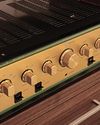
German kitchens, Japanese amps, and Afropop gems
BRILLIANT CORNERS - I have a day job at a museum. One of my favorite things about working there is taking the elevator from my office down to one of the floors open to the public; I walk into the galleries through a discreet panel in the wall. This makes me feel like I'm in one of those horror-movie manors with a tunnel concealed behind a bookshelf. Sometimes I startle people, which I kind of enjoy.

EDITOR'S PICK - RECORDING OF THE MONTH
The record business was awash in money and power. Vinyl LPs were still five bucks, and while the pressings could be suspect, the music-buying public still snapped them up en masse.
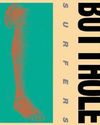
The Butthole Surfers wipe out
REVINYLIZATION - Music's lunatic fringe drifts further out every hour. As it should. In this century, with computers playing an ever-larger role, music continues to fragment and become infinitely more varied. This splintering is either the essence of what keeps it relevant as an art form or something profoundly disturbing, to be hated and feared.
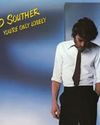
You're only lonely
AURAL ROBERT - The least surprising story in music today is the inevitable passing of irreplaceable talent. Tenor saxophonist Benny Golson died at age 95 the day I finished this salute to another fallen star, Southern California singer/songwriter John David \"JD\" Souther.

PS Audio Aspen FR5 - LOUDSPEAKER
I remember the first PS Audio product: a simple phono stage. It was so simple - a passive RIAA eq filter flanked by a pair of primitive op-amps - that when the schematic was made public, I built one myself; I was in the midst of my DIY years. I thought it was, to use a word from that time, nifty.
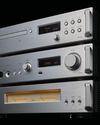
TEAC UD-701N - STREAMING PREAMP, D/A CONVERTER
In Gramophone Dreams #88, I described the sound of TEAC's VRDS-701T CD transport as \"dense and precise in a way I had never previously heard from digital.\" I went on to explain, \"by dense, I mean there was a tangible corporeality effected by seemingly infinite quantities of small, tightly packed molecules of musical information.\"
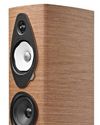
Sonus faber Sonetto V G2 - LOUDSPEAKER
Here's a hard truth: A written review of a full-sized speaker any speaker, really-is, at best, semi-useful. We all listen differently, we have different musical tastes, our system electronics are different, and our listening rooms vary a lot. You will gain a general picture of a speaker's capabilities and foibles from John Atkinson's measurements, and I can tell you how the speakers sound to me, in my room. But that's it. You need to hear them for yourself before making a buying decision. The best I can do is tell you how my music brain felt when the speakers were in my house and making music.
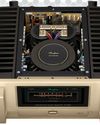
STEREOPHILE'S 33RD ANNUAL - PRODUCT OF THE YEAR AWARD 2024
When Stereophile's Product of the Year Awards were first published, in 1992, we decided that unlike some other publications and their awards schemes, we would keep the number of categories to a minimum. That way, we would avoid what the late Art Dudley once described as the \"every child in the class gets a prize\" syndrome.
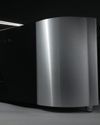
Moon 861 - POWER AMPLIFIER
It is unusual to begin a review with a detailed discussion of setup. But setup protocol for the Moon 861 power amplifier ($22,000 each), the top-level amplifier in the North Collection from Moon, which I reviewed bridged in mono, proved crucial to its sound.
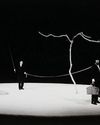
Mobile Fidelity, PrimaLuna, and First Watt redux
GRAMOPHONE DREAMS - It's important for readers to remember that I've spent my adult life as an artist and mechanic. Making things. Working as a tradesperson during the day then at an easel or workbench at night.